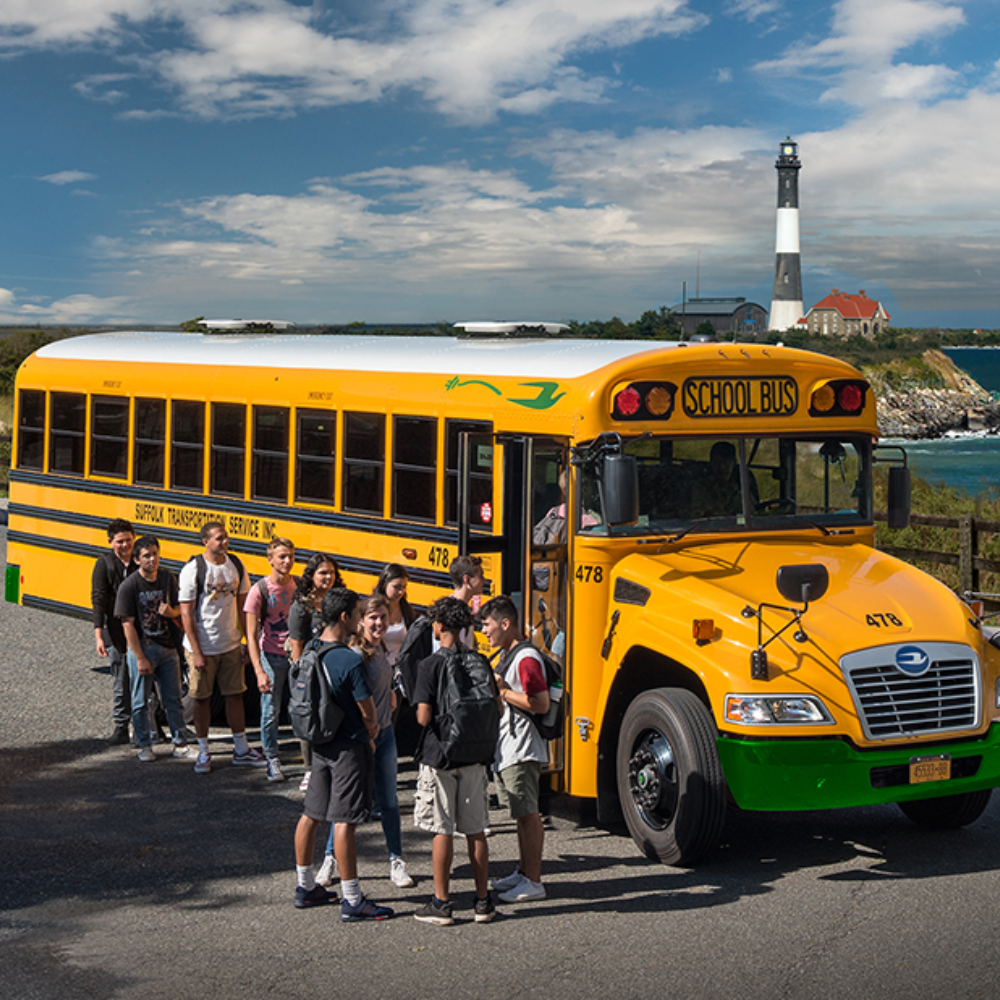
Every day, an uncountable number of students take school buses to reach school on time. And these school buses have the lowest fatality rates, making them the safest transport on the road. However, 90% of the school buses in the US run on diesel, linking it to serious health problems. Not only are these buses making kids sick, but they are contributing to the increase in greenhouse gas and air pollution. The release of electric school buses could help decrease the emissions from all US buses by over 35% per year. It is certainly an excellent time to let students ride cleaner on electric buses and protect them from harmful diseases.
The Change Is Here!
Electric school buses are definitely more expensive than diesel buses. But, upgrading diesel buses to electric ones still helps save the school district money issues. As different governments funding cleaner programs are making the implementation of e-buses quite possible. The Environmental Protection Agency (EPA) is also providing $5 Billion for electric buses. So, the US will have cleaner buses, with low-emission technologies, like CNG or propane, on the road by the end of 2026.
Contributing Companies

Many companies like Ford, Blue Bird, GreenPower Motor Company, and Lion Electric are eager to participate in this initiative. They represented their e-vehicles at Anaheim, California’s Advanced Clean Transportation Expo. GreenPower showcased their bus called the Nano Beast. Companies like Blue Bird, BYD, and Lion Electric brought battery-powered buses to the floor. And Ford announced that it would soon start the all-electric E-Transit model with a school bus up-fit kit.
Challenges While Implementing E-Buses

Building e-vehicles will become easier with governments and EPA funding the program. But setting up charging points and finding suitable spots for it is still a big challenge that the country is working on. Electric buses can charge overnight, as it takes longer to charge them fully. Electric buses have a limited driving range, making them available only in some spots. However, with the increase in e-buses, they will cover as much area as possible, so students can quickly board the cleaner ride to their schools. Once the vehicle-to-grid charging devices become operational, it will positively impact the process. There’s another problem with electric buses being less reliable than diesel buses, as turning e-buses through reliable technologies is still not available yet. So, making the concept of electric school buses work efficiently will surely take some time. Electric buses are the future, and soon school districs will be seen flooded with them.